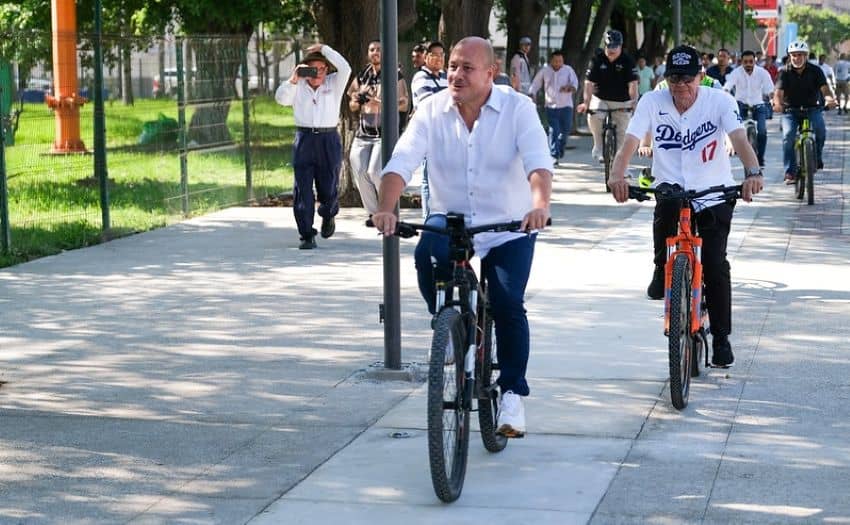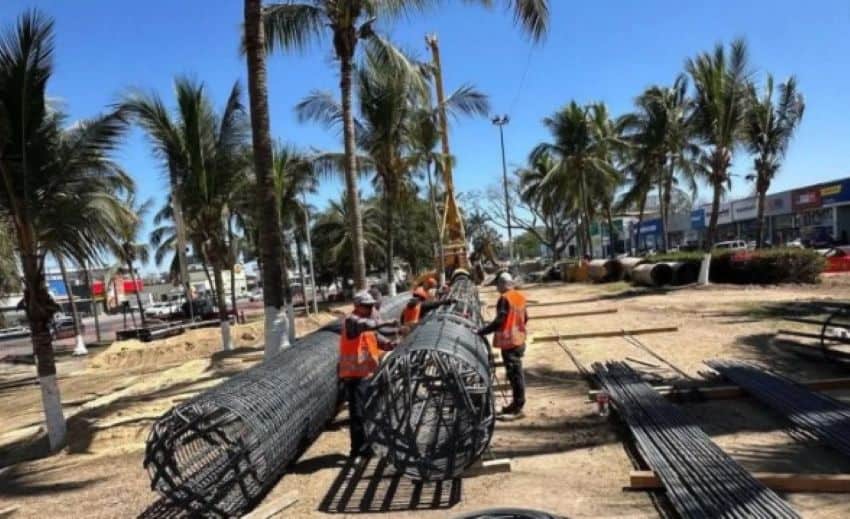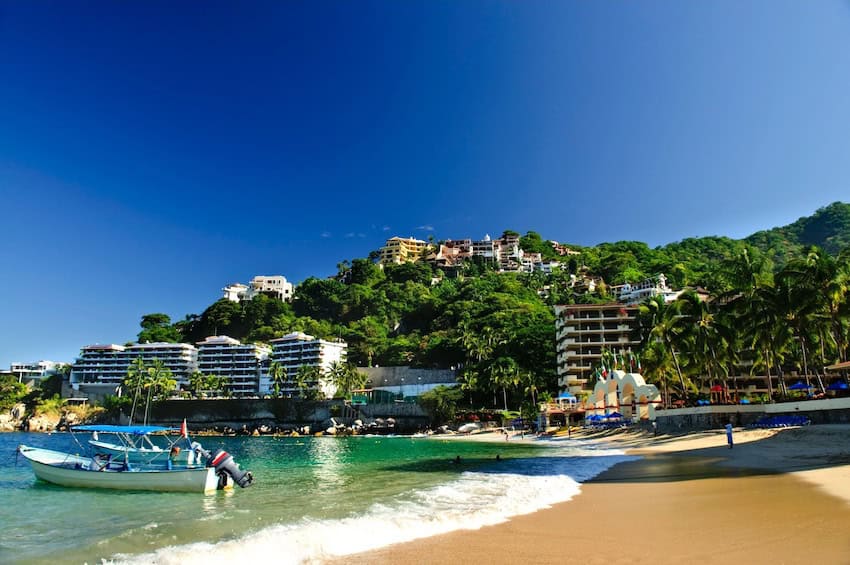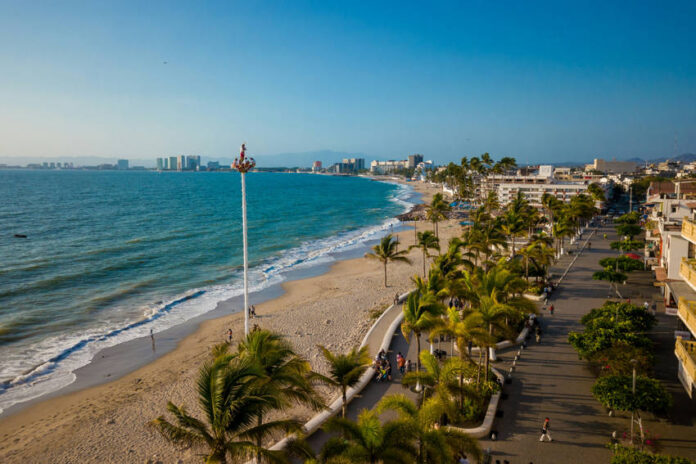Puerto Vallarta is undergoing a series of infrastructure upgrades aimed at improving mobility, connectivity and public safety for residents and visitors, with the latest news from the city all centered around these upgrades. In 2024, the state government allocated more than 178 million pesos for tourism-related public works, including expanded sidewalks, new bike lanes and road improvements. A new fleet of ecofriendly buses is scheduled to launch in the second half of 2025.
Major projects include the construction of the Las Juntas road node to ease traffic north of the airport and the expansion of Puerto Vallarta International Airport with a new terminal. Maritime infrastructure is also expanding with new docks and digital access is increasing through the Red Jalisco program.

New bike lanes and ecofriendly buses
Puerto Vallarta is embracing a more sustainable future with major improvements to its urban mobility, including the introduction of new bike lanes and a fleet of ecofriendly buses in 2025. Following a $178-million-peso investment in 2024, Jalisco is looking to improve its infrastructure to positively impact tourism.
Among the notable enhancements is the comprehensive rehabilitation of the city’s entrance boulevard, which now includes wider sidewalks and bicycle lanes.
To complement these pedestrian-friendly improvements, Puerto Vallarta is also rolling out a fleet of air-conditioned, eco-friendly buses in the second half of 2025. The updated buses are designed to reduce emissions while providing a more comfortable ride.
Las Juntas road node to transform traffic flow north of airport
A major infrastructure project is underway in Puerto Vallarta to improve traffic conditions and support the city’s growth. The Las Juntas road node, located north of the international airport, is poised to become a key piece of the city’s transportation puzzle.

Once completed, the Las Juntas interchange will help alleviate congestion for up to 116,000 people per day. The project includes “urban rehabilitation, improvements to vehicular traffic, the addition of sidewalks and upgrades to lighting,” according to Luis Villaseñor, director of the Puerto Vallarta Tourism Board.
The project is more than just a road upgrade. By improving access between Puerto Vallarta, Riviera Nayarit and inland destinations like San Sebastián del Oeste and Mascota, Las Juntas will become a gateway for tourists and residents. The new infrastructure will also benefit residential neighborhoods like Fluvial, Ixtapa and 5 de Diciembre.
Terminal 2 at PVR to enhance international air connectivity by 2026
Puerto Vallarta’s Gustavo Diaz Ordaz International Airport is undergoing a significant transformation with the construction of Terminal 2, a major expansion expected to be completed by the end of 2026. The new terminal is designed to accommodate more international flights and enhance the overall passenger experience. With travelers now arriving from North America, Europe and South America, enhanced air access is key to supporting both tourism and business growth.
The airport project is part of a broader push to modernize Puerto Vallarta’s tourism infrastructure. As the city attracts new demographics, including digital nomads, Gen Z entrepreneur and luxury travelers, upgrading facilities is a necessary move.
New docks in Mismaloya and El Centro boost bay connectivity
Maritime connectivity is getting a major upgrade in Puerto Vallarta with the construction of new docks in Mismaloya and El Centro, part of a broader plan to improve transportation around the Bay of Banderas. These additions will link key points of interest and make travel between coastal destinations more efficient.

“A strong push will be given to maritime connectivity with the construction of new docks in Mismaloya and the Las Peñas dock in El Centro being carried out,” said Villasenor.
The goal is to enable efficient transportation of people and cargo by sea by connecting these new structures with existing docks in Los Metros, Boca de Tomatlan, Quimixto and Yelapa, he said.
This maritime network hopes to alleviate road traffic, as well as offer tourists a new way to explore Puerto Vallarta’s coastline and beach villages.
Digital access and safety get a boost with free wi-fi and emergency response system
Puerto Vallarta is investing not only in physical infrastructure but also in digital connectivity and public safety. The Red Jalisco Network will add more than 300 free Wi-Fi connection points across the city, which will improve digital access for both residents and visitors. The initiative includes complimentary internet in schools, plazas, public buildings and major tourist zones like the Malecon.
In tandem with improved digital access, the city has also rolled out a Street Emergency Button System at 120 strategic locations. These rapid-response devices are part of a public safety program designed to offer reassurance in the busier urban zones.
Meagan Drillinger is a New York native who has spent the past 15 years traveling around and writing about Mexico. While she’s on the road for assignments most of the time, Puerto Vallarta is her home base. Follow her travels on Instagram at @drillinjourneys or through her blog at drillinjourneys.com.
